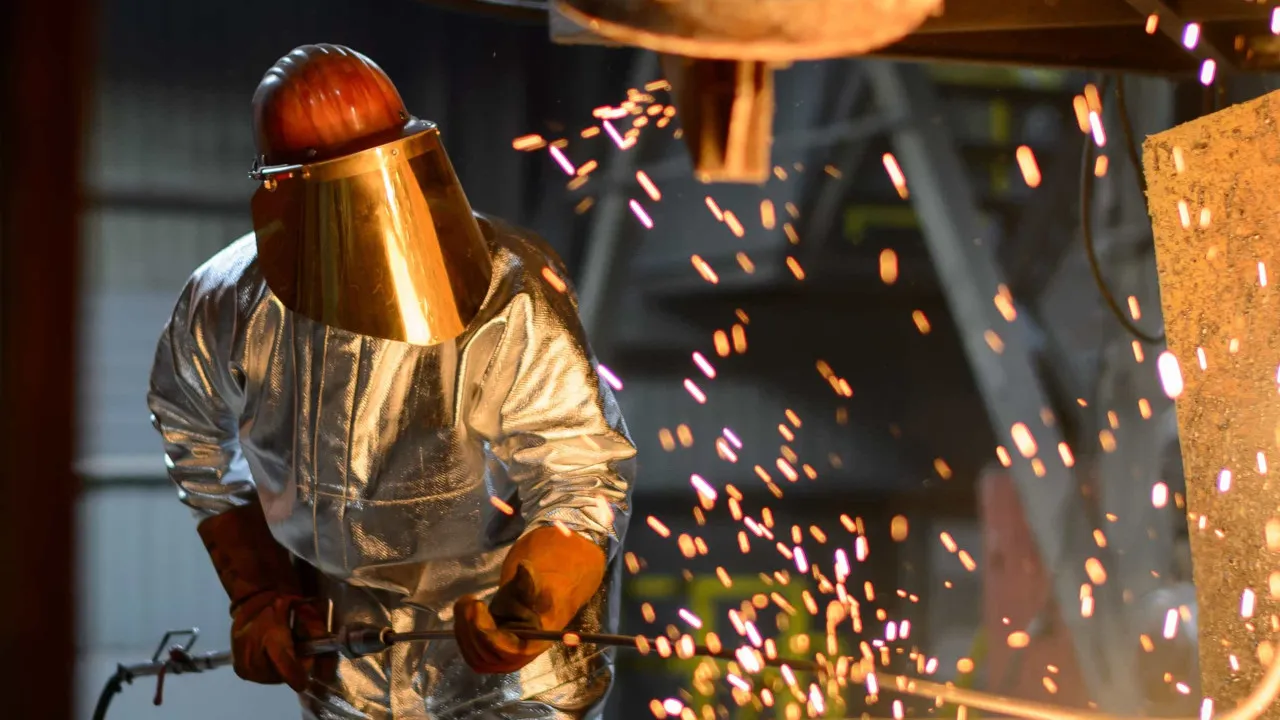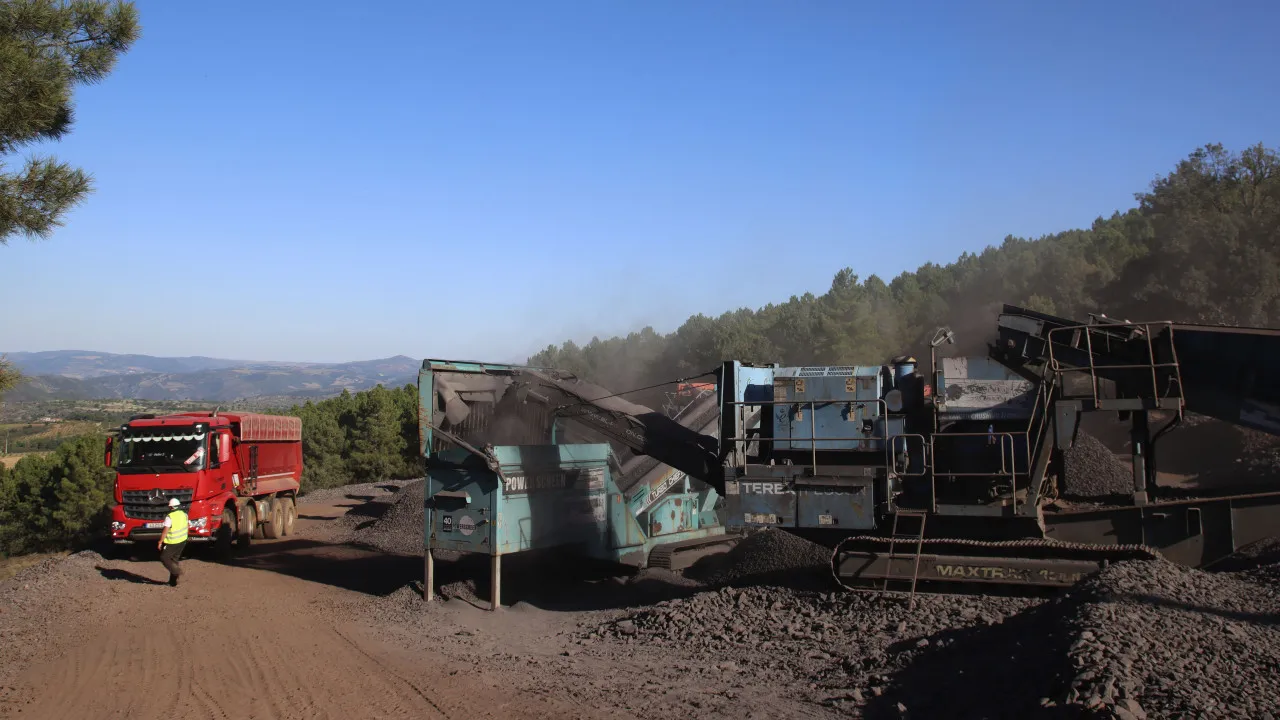
“Many factors have converged at the same point. Exporting is simply no longer profitable, so all we can do is reduce production volumes,” admitted Severstal CEO Alexander Shevelev in a recently released interview.
According to the executive, whose factory in the city of Cherepovets employs 23,000 workers, the main problem with exports is low profitability due to factors including the appreciation of the Russian currency, the ruble.
Additionally, Shevelev highlights Russia’s inability to compete with China in the markets it still has access to post-sanctions following the invasion of Ukraine in February 2022.
Before the sanctions, Russia exported approximately 45% of its production, with the European Union (EU) being its main buyer. However, even though some Russian companies have managed to maintain exports, profitability has nearly vanished.
Despite redirecting its market focus to Asia since 2022, Russian billionaire Vladimir Lisin described exporting products to the neighboring continent as “almost useless,” due to reduced profits caused by high logistics costs and tough competition with China, which provides materials at very low costs and accounts for 53% of global steel production.
Thus, even after the sanctions, the EU market remains the most profitable for Russian companies.
Prior to the conflict in Ukraine, 80% of EU imports of semi-finished steel products came from Russia and Ukraine, representing 30% of Russia’s total steel exports.
Currently, the main buyers of Russian semi-finished products are Belgium, Italy, Denmark, and the Czech Republic, according to data from metallurgical company Ronsco.
Between January and March 2025, Russia exported metals to the EU worth 706 million euros, while the total value for last year was 2.5 billion euros.
The primary beneficiary of Russian steel supply to Europe is NLMK Group, which operates factories in Belgium, France, Denmark, and Italy, all controlled by Lisin.
The company continues to evade European sanctions despite allegations it produces steel for missiles and drones in Russia.
Meanwhile, domestic consumption fell by 15% at the end of the first half of 2025, attributed by experts to high interest rates maintained by the Russian Central Bank.
This impacts the sector in various ways, as it burdens not only its financing but also affects its clients, such as the construction sector, which accounts for 70% of domestic steel consumption and is currently facing challenges.
Russian companies are also being forced to compete with China in the domestic market since, in the first half of this year, the Asian giant supplied Russia with iron, steel, and related products worth 1.63 billion dollars, an increase of 16% compared to the previous year.
Earlier this year, a ton of rolled steel in Moscow cost $658, while the Chinese equivalent cost $588, with the ruble’s appreciation since then (almost 20% against the dollar) further increasing the discrepancy.
Meanwhile, the Russian metallurgical industry could face a fate similar to the coal industry, which is currently in deep crisis and facing bankruptcies.
This situation jeopardizes Russian regions heavily dependent on the steel industry, such as Lipetsk, home to NLMK’s main power plant, which produces 18% of the country’s steel and employs approximately 27,000 people.




